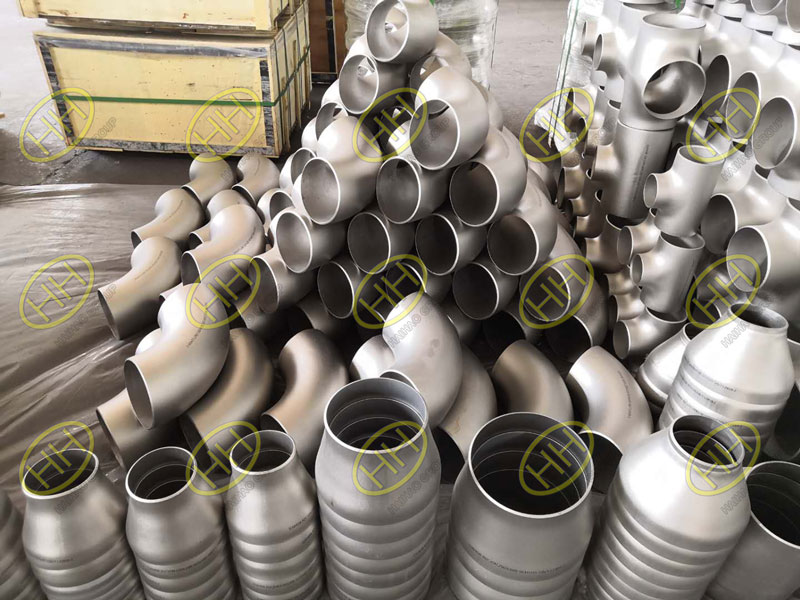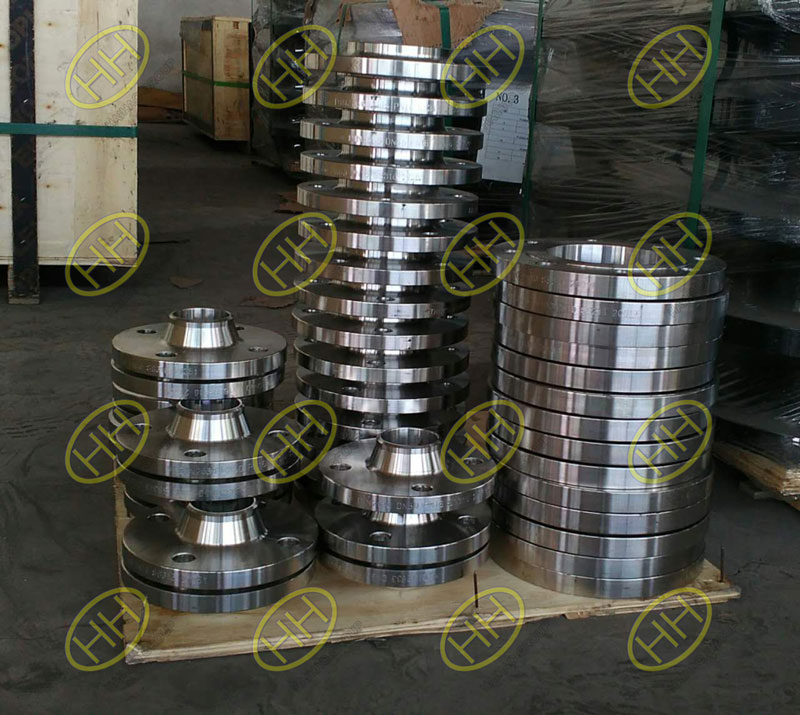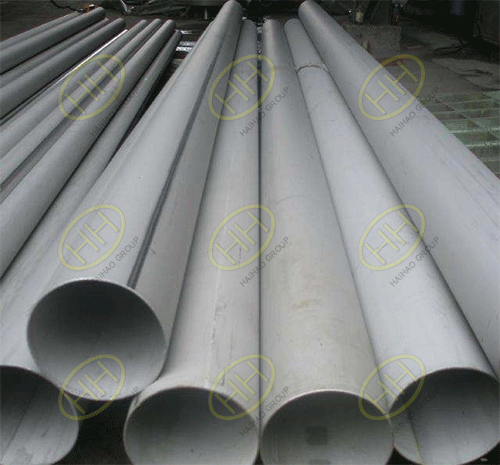What is the difference between stainless steel of five kinds of material?
Stainless steels are widely used in many industries,there are five kinds of stainless steel materials: Ferrite stainless steel, Austenitic stainless steel, Martensite stainless steel, Duplex stainless steel, Precipitation hardened stainless steel.Let’s see what’s the difference between them.
1. Ferrite stainless steel
These steels contain basically a certain amount of carbon, but usually less than 0.10% chromium. The microstructure of these steels is homogeneous for both carbon and low alloy steels. They usually cannot be hardened by heat treatment due to a lack of toughness, and high chromium steel with molybdenum can be used in quite positive conditions, such as seawater. Ferritic steel is magnetic and therefore prone to corrosion and cracking. At present, it is possible to prevent or extend the rustproof time of ferritic stainless steel by soaking the passivation solution.

Stainless steel pipe fittings
2. Austenitic stainless steel
Austenitic stainless steel is the most common. Their microstructure is derived from the addition of nickel, manganese and nitrogen. The same structure can withstand higher temperature than ordinary steel. This structure provides the weldability and ease of formability of these steels. Because austenitic stainless steels contain nickel, chromium, molybdenum, and nitrogen, they are more effective at improving corrosion resistance, and their useful properties can be hardened while retaining a useful ductility and toughness level. High nickel austenitic steel increases resistance to stress corrosion cracking. They are nominally non-magnetic, but usually exhibit a certain magnetic response, depending on the composition and the work hardening of the steel. Austenitic stainless steel by soaking stainless steel passivation liquid, can improve the salt spray test performance to more than 20 times.

Stainless steel SS316 weld neck flanges and slip on flanges
3. Martensite stainless steel
Martensitic stainless steel is similar to ferrite stainless steel, but martensitic stainless steel has a higher carbon content of up to 1%. This makes them very similar to carbon steel and low alloy steel. They can be used to require high strength and a certain corrosion resistance. Martensitic stainless steels are also magnetic and generally have low weldability and formability.
4. Duplex stainless steel
The microstructure of these steels contains about 50% ferrite and 50% austenite. This makes duplex stainless steels stronger than ferrite or austenitic steels. Stress corrosion cracking resistance is also better. “Super duplex steel has higher standards for strength and corrosion resistance. Has good weldability, but needs to take care of the choice of welding material. Duplex stainless steel has mild formability and is, of course, magnetic.

Stainless steel LSAW pipe
5. Precipitation hardened stainless steel
Precipitated hardened stainless steel has very high strength. With proper “aging” heat treatment,very fine particles are formed in the matrix, with excellent strength of the steel. These steels can be processed into products of complex shapes, but good tolerances and aging are required.
Haihao Group shares with you the differences of these five different types of stainless steel, so that customers can make better choices in the types of stainless steel they buy. Our company has a lot of research on stainless steel, welcome customers to come to buy or exchange. Email:sales@haihaogroup.com
